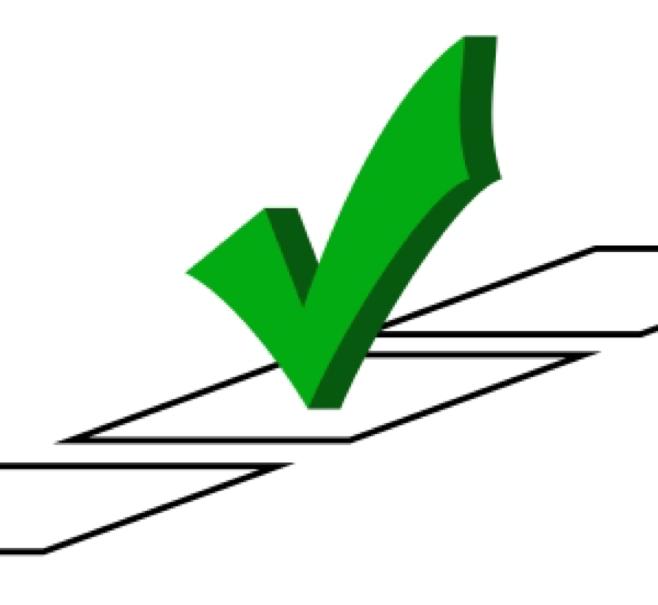 One of the topics we have spent quite a bit of time talking about around here is participants. Namely, learning how to keep your focus on your participants and create initiatives that clearly meet their needs. This sounds great! There’s only one problem.
One of the topics we have spent quite a bit of time talking about around here is participants. Namely, learning how to keep your focus on your participants and create initiatives that clearly meet their needs. This sounds great! There’s only one problem.
How do you do it?
How do you find that perfect mix that not only fulfills the needs of the organization, but also matches with what your audience prefers and wants? Tough questions for sure, but I think I may have an answer.
 Ever heard of a participant analysis? It was new for me too. In fact, this is something I came up with after being faced with a large, extremely diverse group of learners that all needed to complete the same exact training.
Ever heard of a participant analysis? It was new for me too. In fact, this is something I came up with after being faced with a large, extremely diverse group of learners that all needed to complete the same exact training.
When I started the project I knew there was no way I could please everyone. So how did I get as close as possible? I looked over everything I had done in the past, but couldn’t find a strategy that seemed to fit with my current needs. It was definitely time to go back to the drawing board.
After several days of looking at new ideas, only to scrap them a few hours later, I finally landing on the idea of doing a participant analysis. Once I thought about it, this seemed like the natural step to take. After all, I regularly conduct needs and other forms of analysis before I start a new training project, so why wouldn’t I look at the participants as well?
 I spent the next few days working with different questions and ideas until I finally came up with a survey element that seemed to fit with the project. I asked about age, comfort with technology and time with the company. I looked at whether or not the participant had a smartphone and what type of environment they preferred to learn in. Basically I sculpted that survey until it was a work of art!
I spent the next few days working with different questions and ideas until I finally came up with a survey element that seemed to fit with the project. I asked about age, comfort with technology and time with the company. I looked at whether or not the participant had a smartphone and what type of environment they preferred to learn in. Basically I sculpted that survey until it was a work of art!
The next step was to deliver the survey to the client, and wait for my results.
When the surveys came back it was time to sit down and compile the answers. Yes, this took some time, but I truly feel the end result was well worth the effort. I was able to find out that my average age group was 30 to 35 year-olds and that the majority of my participants had a smartphone.
They were highly comfortable with technology and preferred to be able to learn at their own pace. I know that my average tenure was 6 years and that there were very few situations where a language barrier would become an issue.
In short, I learned absolutely everything I needed to know and was able to use that info to create the best possible E-Learning initiative for my client. The only change I will make next time is to create the survey through an online tool to eliminate the analysis step. This will make the entire process completely automated with the results being instantly tabulated.
 Now, I know some of you are thinking, “But I already get this information from the client. Why should I include an extra step?” Yes, to a point I agree with you. My clients also offer a run down of what they believe are the details I need about the participants in question. BUT! The key words here are “they believe“!
Now, I know some of you are thinking, “But I already get this information from the client. Why should I include an extra step?” Yes, to a point I agree with you. My clients also offer a run down of what they believe are the details I need about the participants in question. BUT! The key words here are “they believe“!
Using this tool has allowed me to connect directly with my participants for the first time. The information is not filtered, and it offered me a new level of insight I had never before experienced. So give it a try. And I hope you are as pleased with the results as I am.
___
The Weblearning Learning Management System is a powerful, budget-friendly, easy-to-use Online E-Learning System for authoring, managing, and tracking online learning presentations and tests. To try it FREE, go to the Weblearning E-Learning System Sign-up Form.